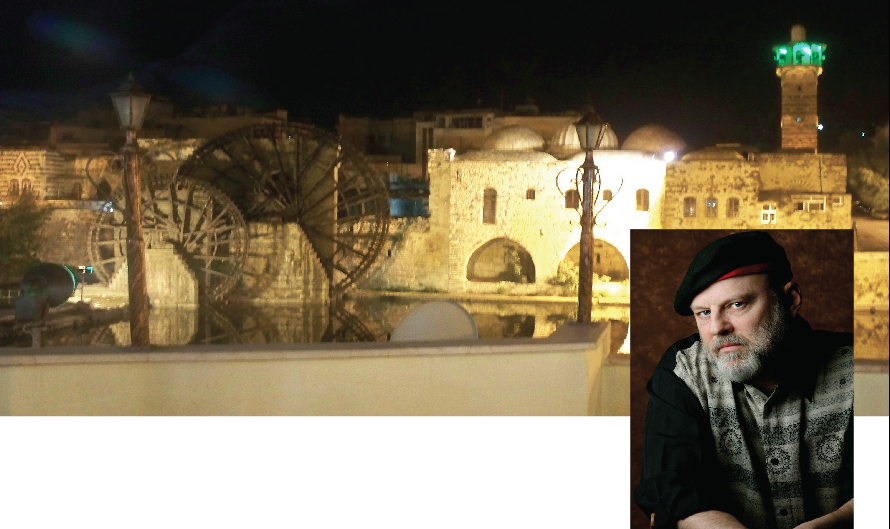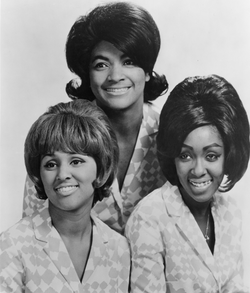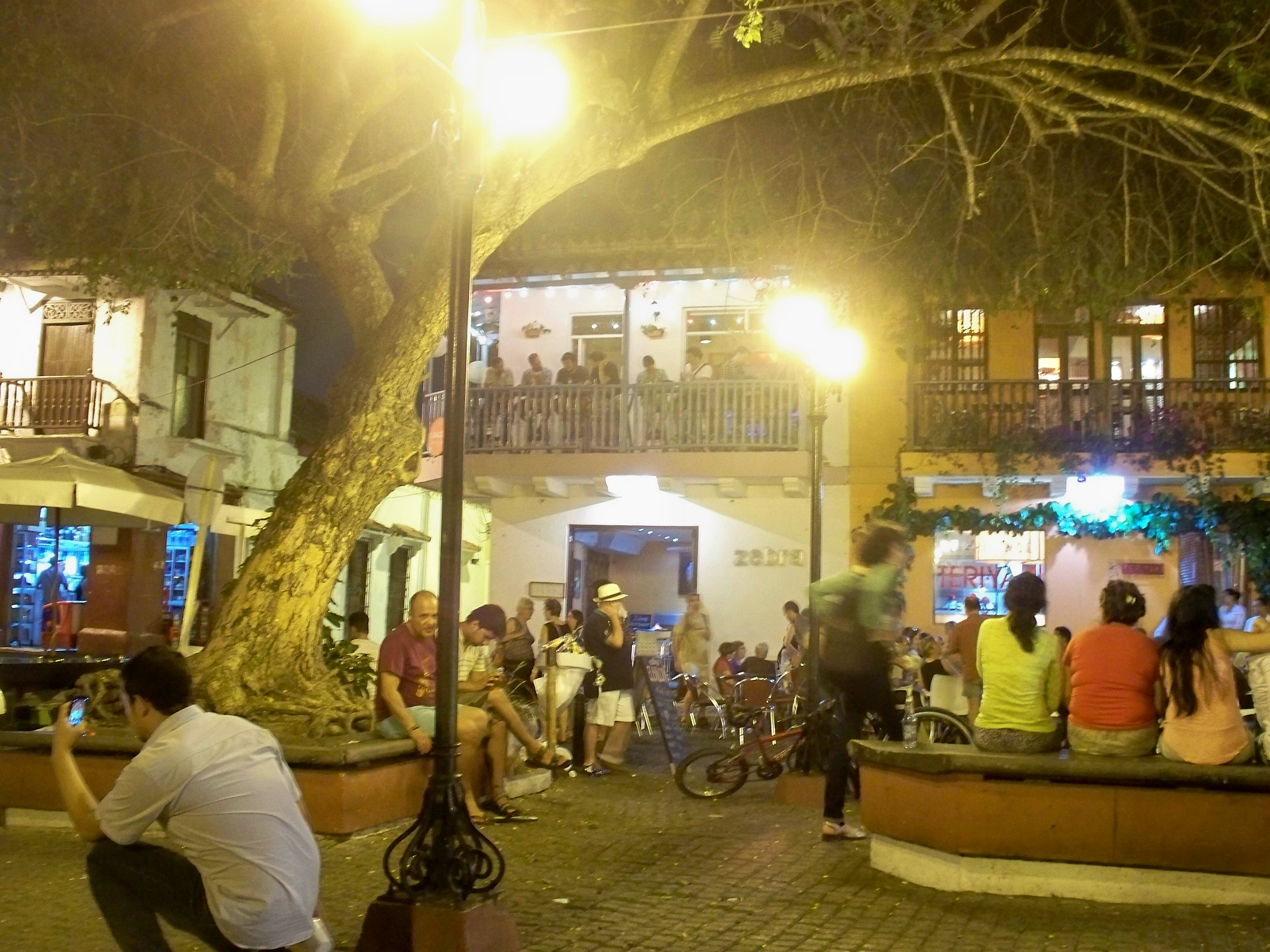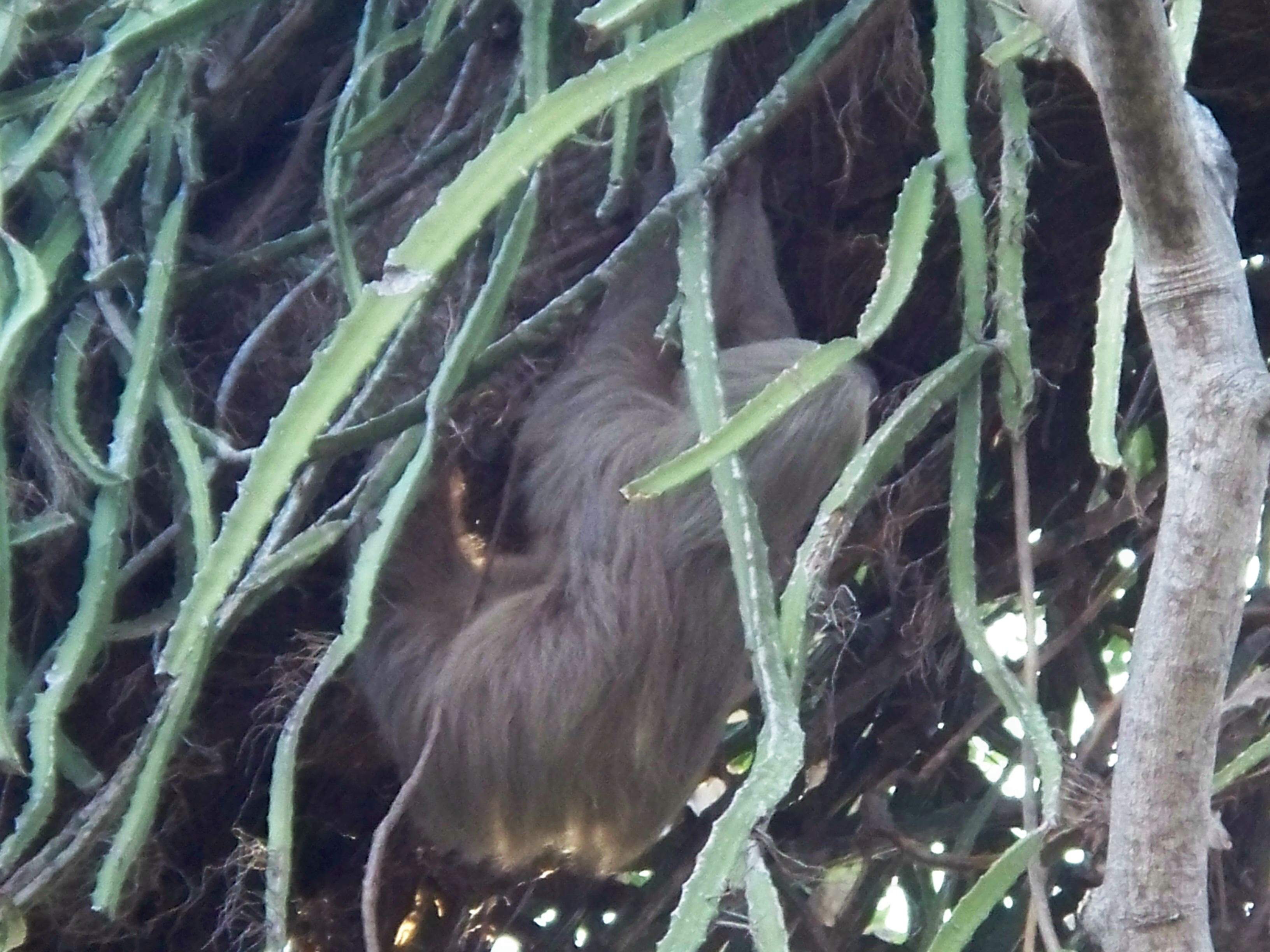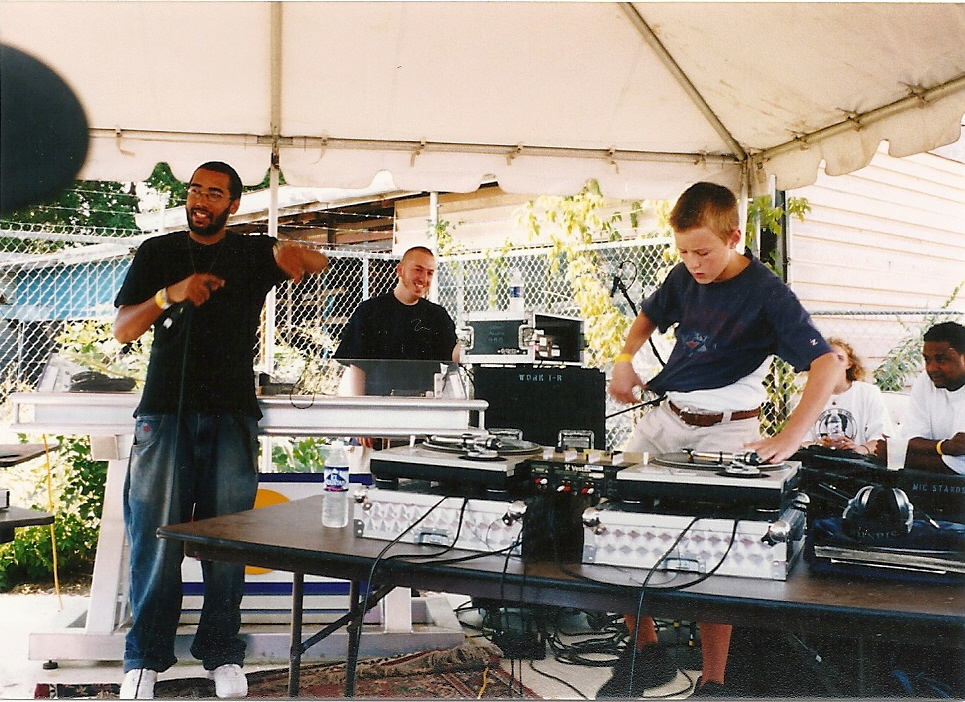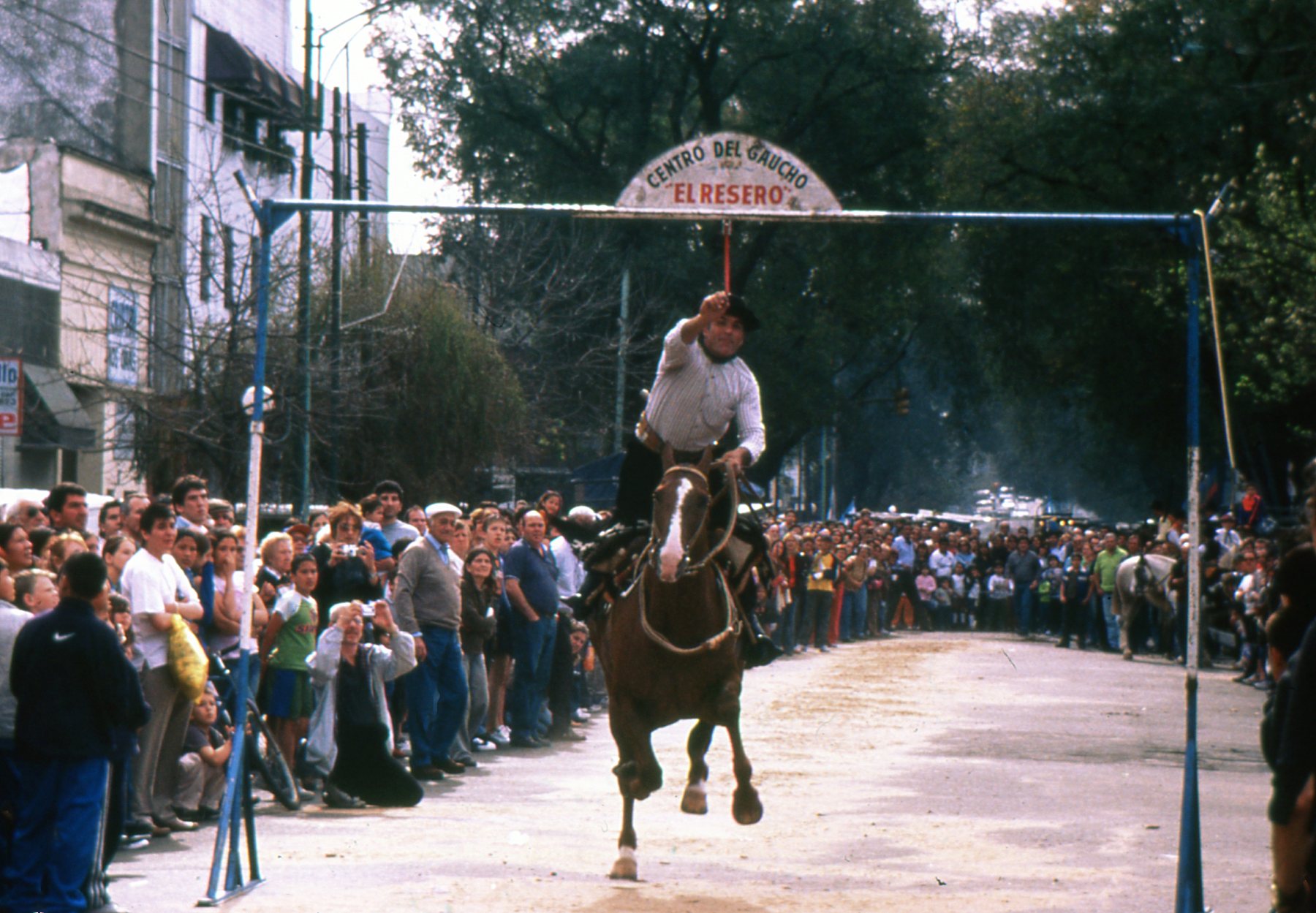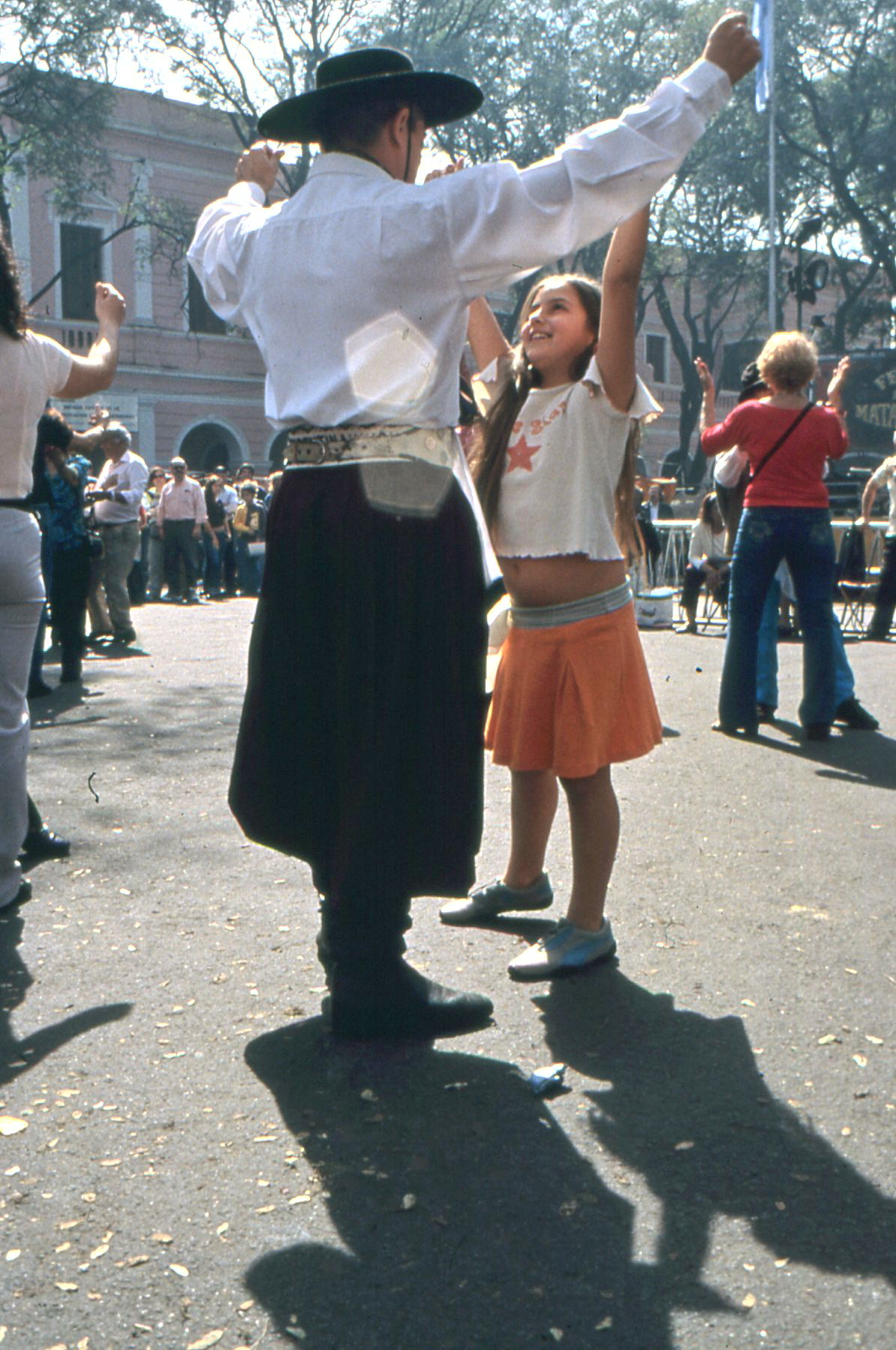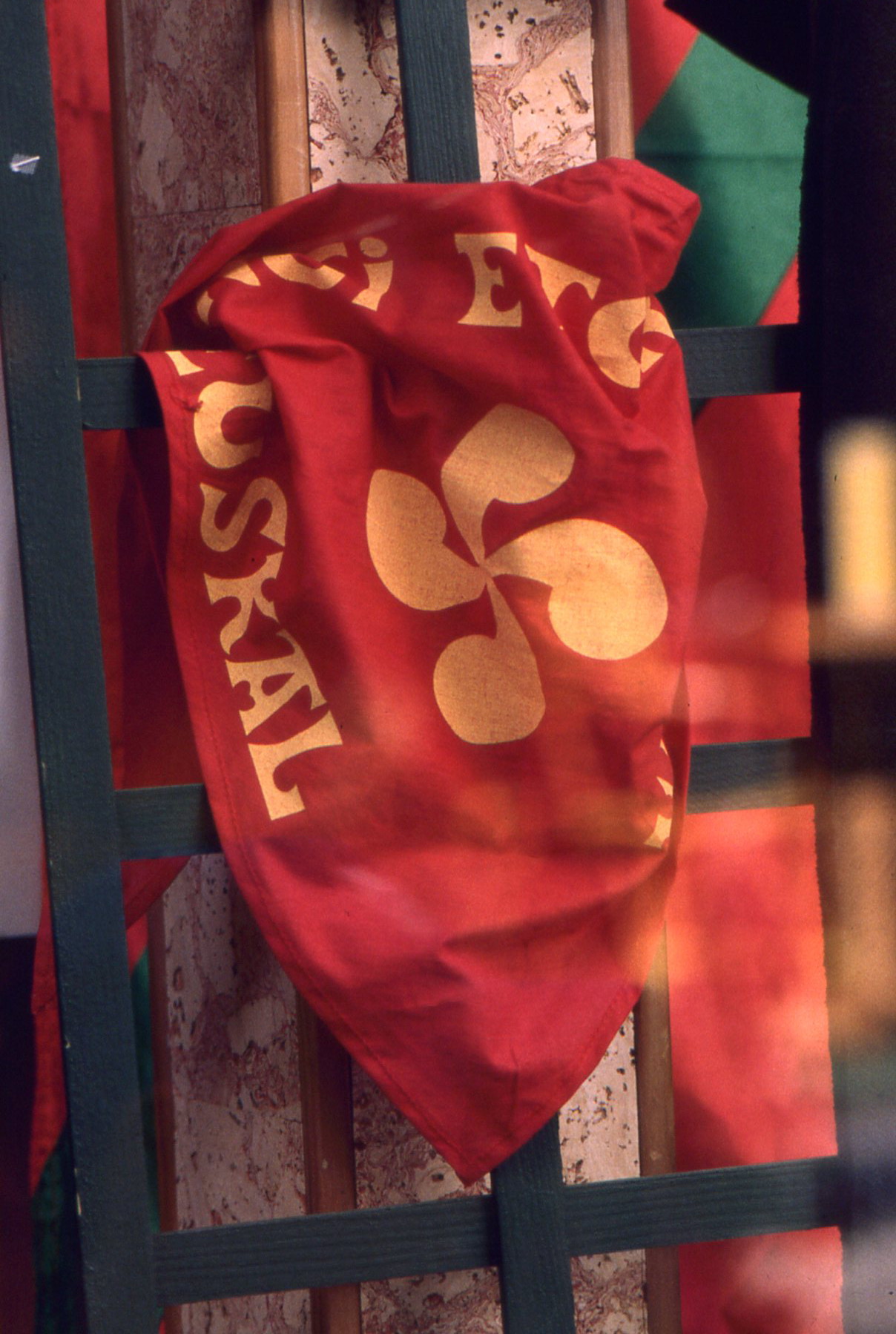30 July 2014
Less than an hour west of Normandy’s famed and much-visited Mont St. Michel lies the Breton port of Saint Malo, long a haunt of corsairs and trans-Atlantic fishermen. In its seafaring heyday, St. Malo was a walled fortress island, connected to the mainland only by a narrow causeway. Today its harbor has been reconfigured to serve yachts and pleasure ferries that traverse the English Channel or merely cruise along the capes and headlands of the Emerald Coast.

The delicate bend of St. Malo’s sea wall protects swimmers from the rougher waters of the open Atlantic.
While the Cathedral of St. Vincent anchors the center of the city and the famous Breton crêperies line the inner wall of St. Malo’s ramparts, its face is truly turned more towards the wide world of the sea than to its own hinterland. From the Aquarium Intra-Muros (inside-the-walls) to the seafaring exhibits in the Musée de la Ville, from the cross-channel ferry port to the fine sand beaches and fortress-islands just outside the city ramparts, St. Malo is a seafarer’s paradise.
This is a city whose importance is far bigger than the compact cobbled streets of its walled domain. Evidence of its civic pride can be seen in the splendidly carved shop signs throughout the commercial area, in the varied and accomplished street performers who gather inside the Porte St. Vincent and on every open corner, in the massed grey-stone facades and mansard roofs of its government buildings.
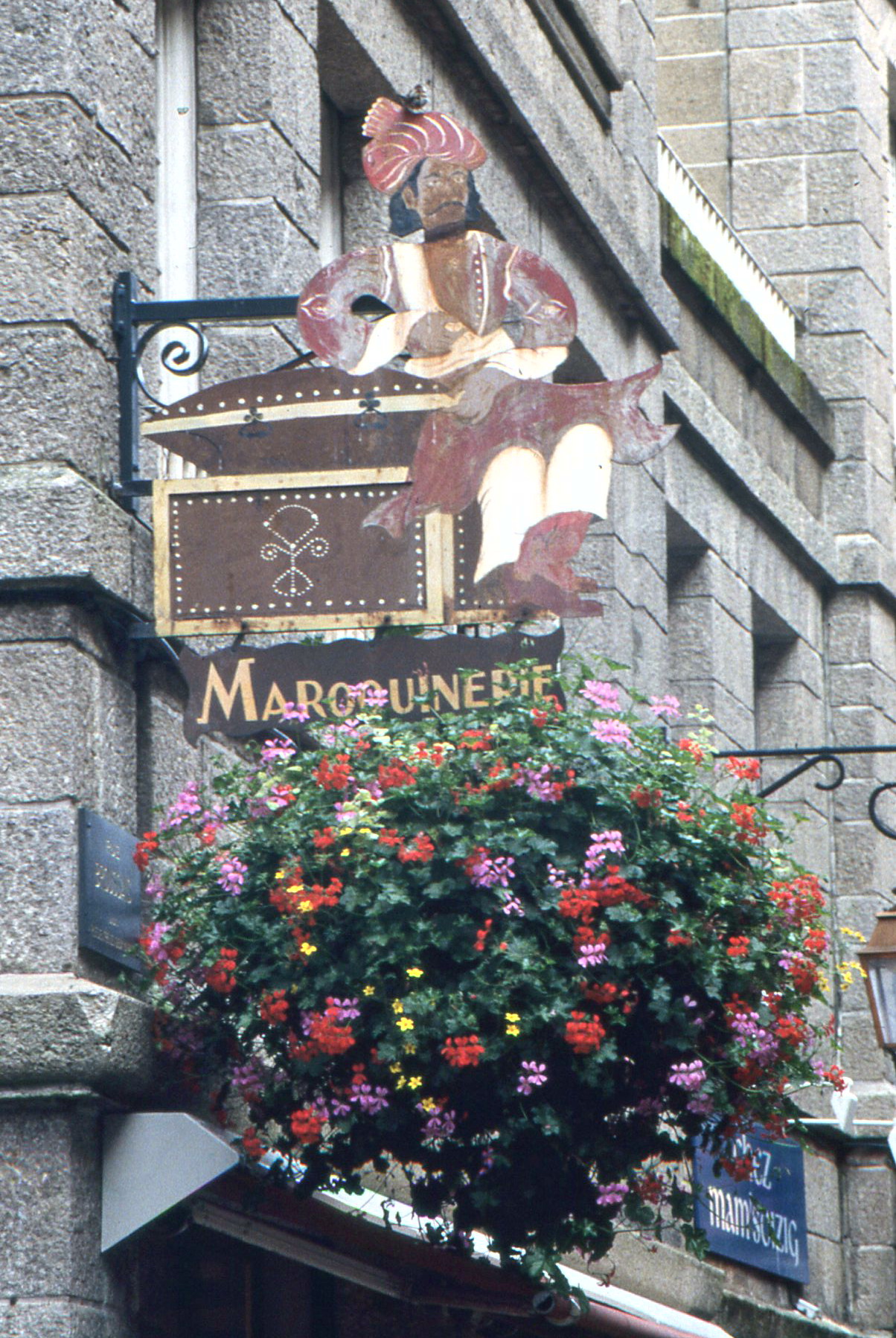
St. Malo’s merchants pride themselves on elaborate shop signs, often embellished with floral arrangements.
The old corsair history is somewhat downplayed—though pirate motifs abound in the shops—but all Malouins point with pride to their connection with Jacques Cartier, European “discoverer” of the mighty St. Lawrence River in French Quebec. Cartier was born in St. Malo and sailed from there in 1534 to the Gaspé Peninsula in modern-day Quebec. He returned with two Iroquois warriors and news of a vast new fishing grounds waiting to be exploited.
Even today, standing on the ramparts looking out to sea, the eye is drawn past the beaches, the islands, the lines of sailboards silhouetted in the evening sun. To the north lie les Iles Anglo-Normandes, known in the English-speaking world as the Channel Islands. Beyond them is the Channel itself (or, as the French call it, Le Manche) and the wide open sea of the North Atlantic.
High-speed ferries and catamarans sail daily from St. Malo to Jersey and Guernsey (and beyond, to the English coast). Other boats slip along the Emerald Coast to Dinard, Cap Frehel and inland, up the Rance Estuary, to the medieval village of Dinan. Book in advance with Emeraude Lines or Condor, both of whom offer special family and day-return rates.
But even confirmed landlubbers will find plenty of diversions.
Just wandering the streets is a treat. Specialty shops abound, selling perfumes, pastries, and pirate-effigies. Besides the ubiquitous crêperies, there are restaurants featuring Turkish, Italian, and Javanese cuisine. Haute couture jostles with pavement vendors and, in season, sunburned bathers seeking a shady street side perch to sip their coffee or wine. It is not so much that there are specific sites to see in St. Malo, but rather an ambiance, a salty taste to the air, a soft subliminal lapping of waves that enlivens the spirit.

This street performer in St. Malo’s main square poses quite convincingly as a marble statue and expects suitable compensation in return.
By all means, visit the museums for historic details and insight into the mindset of the Malouins. But when the cobbles grow bumpy under your feet, climb the stairs to the city ramparts—and beyond to the beach at Sillon Isthmus and its sister, Plage de Bon Secours, where old men play boules in the shade of trees and bathing beauties nestle in sun-drenched rock clefts.
These extra-muros sections of St. Malo change each day, in accordance with the tides. The St. Malo basin has some of the highest tides in the world—upwards of 40 feet—and the long empty sand beaches disappear rapidly beneath incoming waves.
At low tide, a causeway leads out from Bon Secours beach, to Ile du Grand Be and the tomb of the illustrious 18th century French writer, Chateaubriand. Around the point, a smaller island houses a crumbling fortress and more piles of sea-girt, rust-colored rocks. Here is Grande Plage, which stretches on for miles. These are great play areas for kids, but beware the incoming tides! Try building a sandcastle and watch it disappear with the setting sun.

Evan and Alex Gabriel witness the final moments of their sand castle, as the incoming Atlantic tide encroaches.
Then climb back up the cobbled boat ramp into the dusk-softened streets and the strollers delaying their evening meal. It’s all of a piece—the sea, the stones, the shoulder-to-shoulder building facades. Let the days stretch out ahead—more side street exploring? A revisit to that special shop? Maybe it’s time to rent that para-sail or hope for luck at Le Casino.
